In sustainable agriculture, sheep farming plays a vital role, contributing to food and fiber production. However, with this endeavor comes the consequential matter of sheep manure production and its management. The intricate interplay between nutrient-rich excrement and environmental harmony necessitates a comprehensive understanding. This blog delves into the ecological dimensions of sheep manure, exploring its production, composition, and scientific strategies that underscore effective waste management.
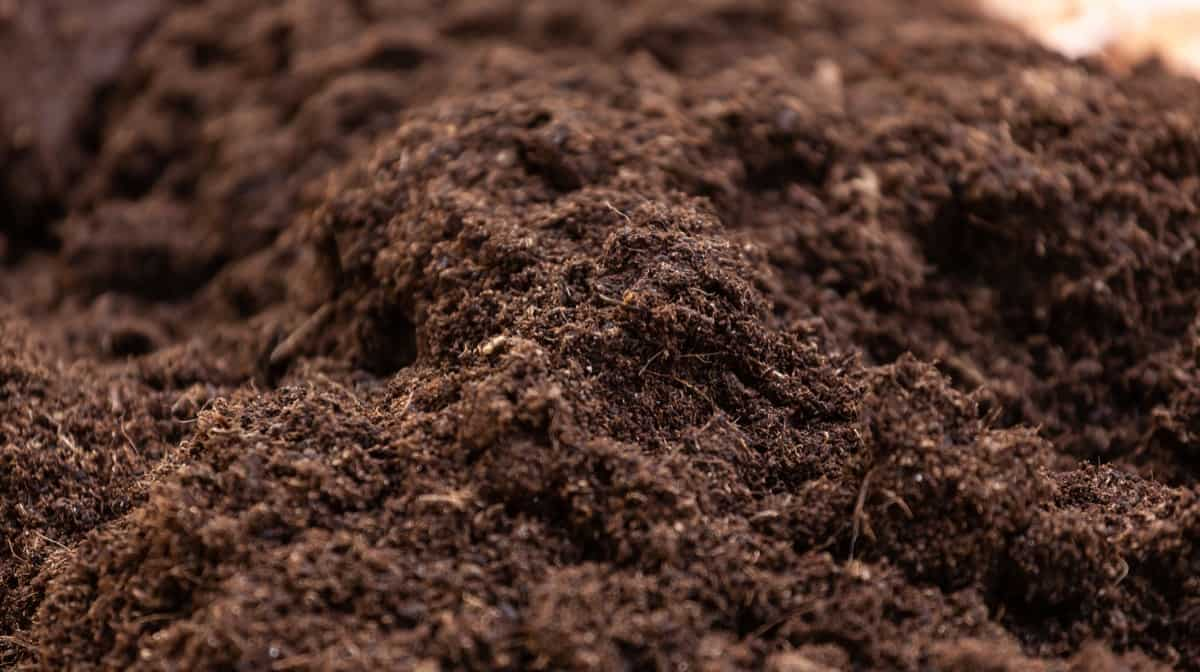
Introduction to Sheep Manure Production and Waste Management
Sheep farming isn’t just about fluffy wool and delicious lamb chops. It’s also about dealing with the waste these woolly wonders leave behind – sheep manure. This might not sound glamorous, but it’s a crucial aspect of sustainable agriculture. When sheep chow down on the grass and other goodies, their digestive systems do their magic. This creates manure that’s packed with nutrients like nitrogen and phosphorus.
Now, while these nutrients are great for soil, if not managed properly, they can become environmental troublemakers, running into water bodies and causing pollution. Managing sheep manure involves a careful balancing act. Farmers must learn how to reuse or dispose of it without harming the environment. Techniques like composting and spreading the manure on fields as natural fertilizer can work wonders.
Understanding the Composition of Sheep Manure
Daily elimination of waste and bedding from their shelter is imperative, as these materials can lure flies and insects. Sheep manure, especially when mixed with bedding like hay, forms a breeding ground for flies. In hot summers, deploying a livestock fan within the shelter bolsters ventilation.
Aged sheep manure, when properly decomposed, emerges as a potent fertilizer. It’s believed to outperform average cow manure in crop nourishment, though diet influences this. Farmers can leverage sheep waste as compost, donate it to farmer unions, or sell it to local merchants. Don’t disregard the quantity – a lone sheep’s annual waste (manure, food, hay, etc.) can exceed 3000 lbs. (1360 kg). An adult sheep produces 2000 lbs. (907 kg) of manure yearly.
Factors Affecting Sheep Manure Production
- Diet Diversity: The food sheep consume significantly impacts manure production. Diets rich in fiber tend to yield more waste.
- Water Intake: Adequate hydration affects the moisture content of manure. Sheep consuming more water usually produce wetter manure.
- Age and Size: Younger and smaller sheep naturally produce less waste than mature individuals.
- Health Status: Sick sheep might experience altered digestion, affecting waste output.
- Feed Quality: Nutrient-rich feed can lead to more efficient digestion and higher manure production.
- Grazing Behavior: Grazing time and patterns impact the quantity and consistency of waste produced.
- Gut Microbes: The microbial population in the sheep’s digestive system plays a pivotal role in waste breakdown.
- Gestation and Lactation: Pregnant and nursing sheep produce more manure due to increased nutrient needs.
- Climate Conditions: Temperature and weather influence feed consumption and digestion, affecting waste output.
- Stress Levels: Stressful environments or situations can alter digestion, leading to variations in manure production.
In case you missed it: Protecting Your Flock: A Comprehensive Guide to Vaccination Schedule for Goats and Sheep
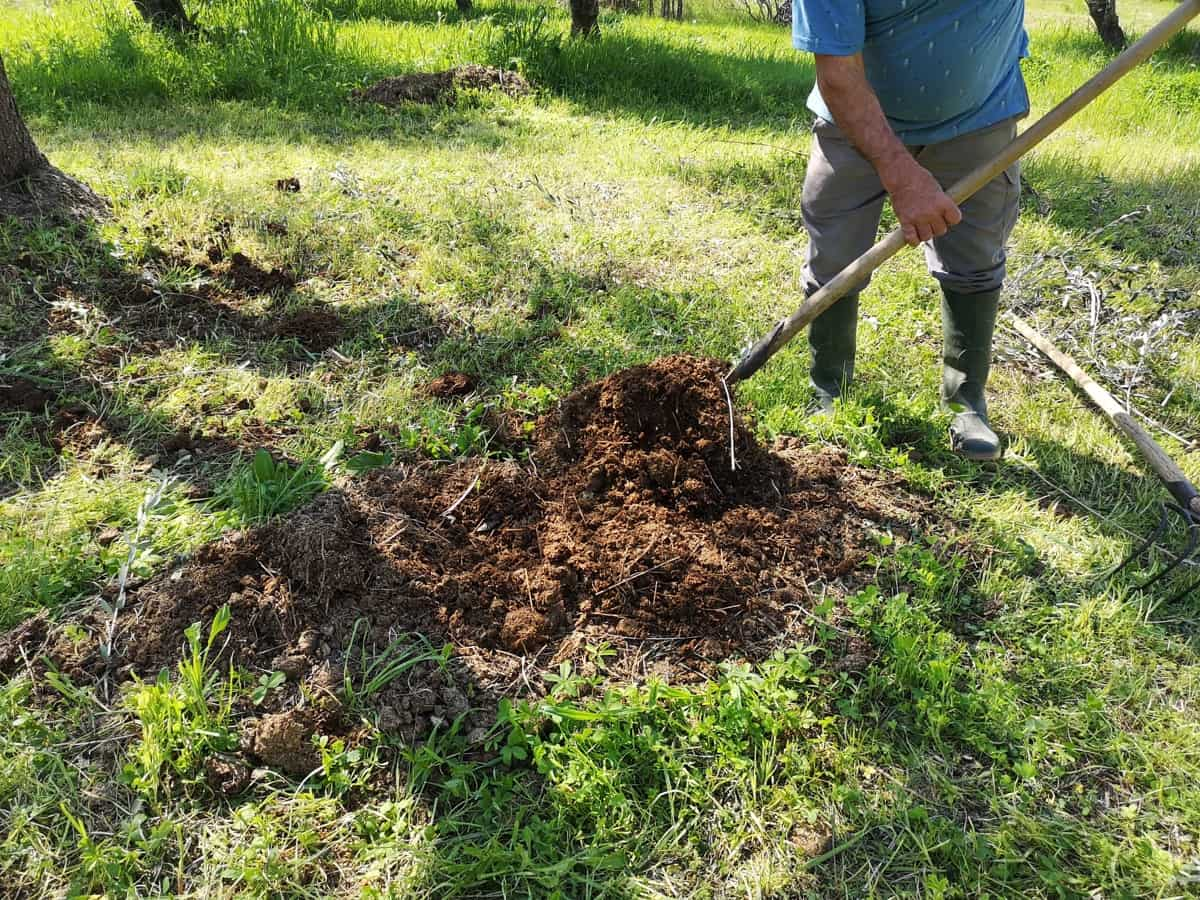
Collection and Storage Methods for Sheep Manure
Collection Methods
- Daily Removal: Regularly cleaning sheep shelters and grazing areas is crucial. Removing manure promptly prevents flies and odors from accumulating.
- Bedding Separation: If using bedding like straw, separate it from manure daily. This minimizes waste and improves compost quality.
- Scrapers and Shovels: Manual collection using tools like scrapers and shovels ensures thorough waste removal.
Storage Methods
- Composting: Creating compost piles allows manure to break down naturally, turning into valuable fertilizer over time.
- Pits and Piles: Manure can be stored in designated pits or piles. Adequate drainage prevents excess moisture buildup.
- Covering: Covering stored manure with tarps or materials reduces rain exposure and odor release.
Environmental Conditions
- Ventilation: Proper airflow prevents excessive moisture buildup, which can lead to anaerobic decomposition and odors.
- Dryness: Storing manure in dry conditions prevents composting efforts from being hindered by excess moisture.
- Sunlight: Direct sunlight helps to dry and sanitize the manure, reducing pathogen survival.
Steps of Collection
- Gather Tools: Equip yourself with scrapers, shovels, and containers for efficient collection.
- Isolate Manure: Separate manure from bedding materials or debris.
- Dispose of Waste: Properly dispose of collected waste in designated storage areas.
- Composting Setup: For composting, create designated piles, mixing manure with other organic matter.
- Cover and Monitor: Cover stored manure to prevent rainwater infiltration. Regularly monitor moisture levels and turn compost piles for even breakdown.
- Use or Distribute: Once properly decomposed, use manure as nutrient-rich fertilizer in gardens or fields.
Composting Techniques for Sheep Manure
Composting is like a natural alchemy that transforms sheep manure and organic matter into nutrient-rich gold for the soil. It’s a controlled process where microorganisms break down waste, creating a valuable fertilizer.
Composting Techniques
- Traditional Pile: The simplest method involves creating a heap of manure and organic material. Turning the pile periodically ensures even decomposition.
- Three-Bin System: Dividing the process into three stages – filling, turning, and maturing – allows for efficient decomposition.
- Vermicomposting: Involving earthworms, this technique accelerates decomposition. Worms turn waste into nutrient-rich castings.
- Trench Composting: Digging trenches and burying manure accelerates breakdown while conserving space.
- Aerated Static Pile: Using pipes to inject air circulation speeds up decomposition in larger compost piles.
- Windrow Composting: Creating long, narrow piles helps manage larger quantities of manure. Regular turning ensures uniform decomposition.
In case you missed it: How to Start Sheep Farming in Mexico: Key Rules, Requirements, Business Plan, Setup Cost, Subsidy, and Loans
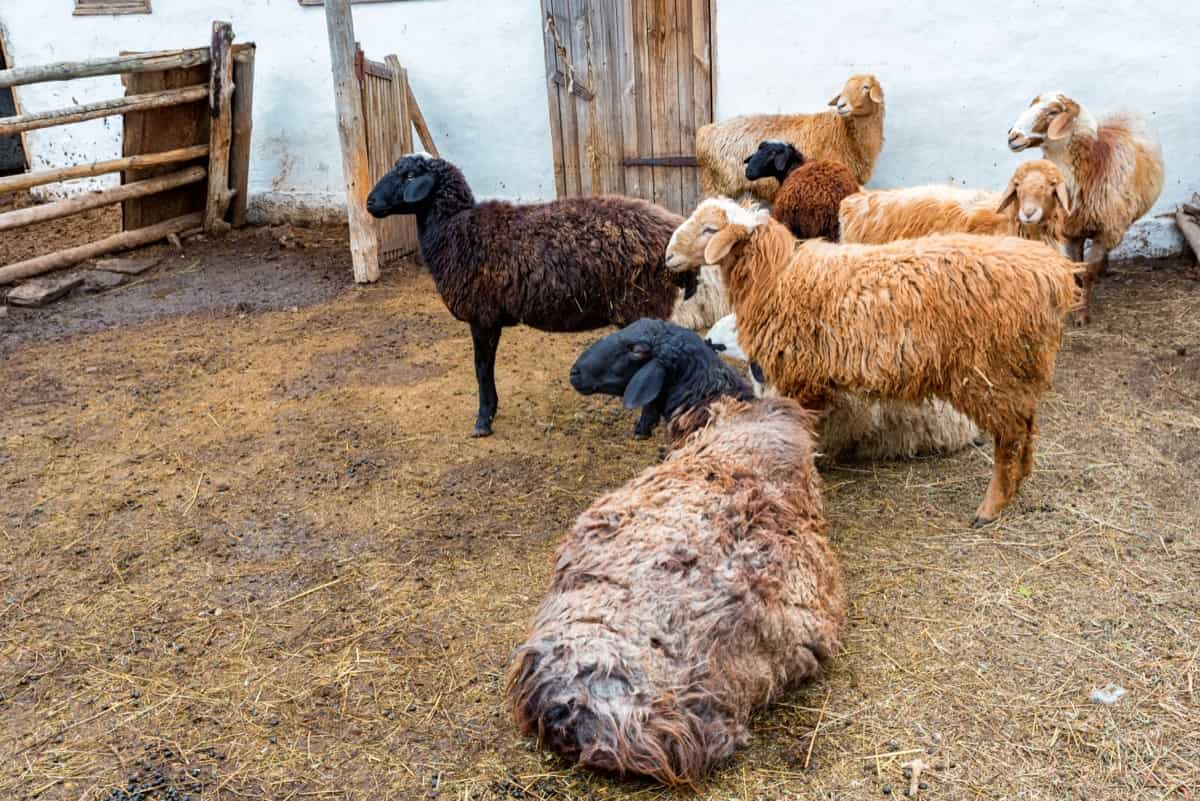
Steps in Composting of Sheep Manure Production
- Gather Materials: Collect sheep manure, and mix it with bedding, straw, or other organic materials.
- Layering: Place materials in alternating layers – manure, bedding, and sometimes yard waste.
- Moisture Control: Maintain the right moisture level – damp, like a squeezed sponge – to aid microbial activity.
- Turning: Regularly mix the pile to ensure oxygen reaches all parts, facilitating decomposition.
- Temperature Monitoring: Composting generates heat as microorganisms work. Monitoring temperature indicates proper breakdown.
- Maturation: Allow compost to mature, typically for several weeks to months. The result should be crumbly, dark compost.
- Application: Use the finished compost as a nutrient-rich soil amendment in gardens or fields.
Utilization of Sheep Manure as Fertilizer
Sheep manure is a valuable fertilizer that provides a nutrient-rich boost to plant growth, promoting balanced soil health and a vibrant ecosystem. It can be applied directly on fields or gardens or composted before application to increase nutrient availability and reduce pathogen risk. Applying manure during the growing season is ideal for annual crops, and moderation is key to avoiding excessive nutrient levels and imbalanced growth.
Sheep manure is eco-friendly, reducing the need for synthetic chemicals and harming water bodies. It also boosts crop yields, increasing vegetables, fruits, and grains. yieldsIt is versatile, fitting from backyard gardens to large-scale agriculture, and aligns with sustainable practices. Harnessing the potential of sheep manure as fertilizer can enhance plant growth while minimizing environmental impact, making it a sustainable and beneficial solution for farmers.
Potential Benefits and Drawbacks of Using Sheep Manure as a Fertilizer
- Nutrient Boost: Sheep manure is rich in nutrients like nitrogen, phosphorus, and potassium, providing plants with essential elements for healthy growth.
- Improved Soil Structure: Adding sheep manure enhances soil structure, increasing water retention and allowing roots to penetrate more easily.
- Sustainability: Using natural waste as fertilizer reduces the need for synthetic chemicals, promoting eco-friendly farming practices.
- Cost-Effective: Sheep manure is often readily available on farms, making it a cost-effective alternative to commercial fertilizers.
- Organic Matter: Manure adds organic matter to the soil, improving its health and promoting beneficial microbial activity.
In case you missed it: Feed Management of Sheep and Goats: Formulation, Ingredients, Organic, DIY Feed mix, and Feeding Practices
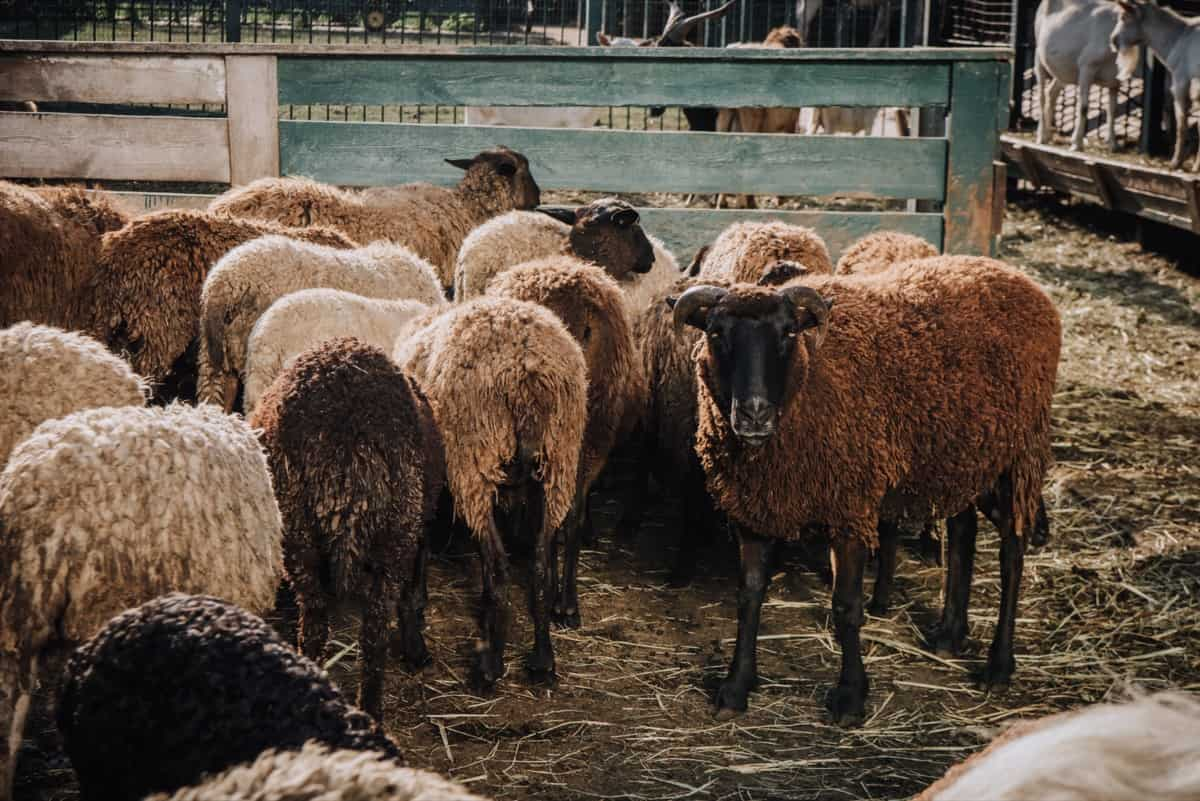
Potential Drawbacks
- Pathogens: Fresh manure can contain harmful pathogens that might affect plant and human health. Composting can reduce this risk.
- Odor and Flies: Improperly managed manure can lead to foul odors and attract flies, creating nuisance and hygiene concerns.
- Nutrient Imbalance: Excessive use of manure can lead to imbalanced nutrient levels, affecting plant growth and soil health.
- Slow Release: Nutrients in manure release slowly, which might not provide quick growth responses compared to synthetic fertilizers.
- Weed Seeds: Some manures might contain weed seeds, leading to weed problems in the garden or field.
Environmental Impacts of Sheep Manure Waste
While manure is a valuable resource for fertilizing soil, its improper management can raise concerns. Runoff from fields treated with manure can carry excess nutrients like nitrogen and phosphorus into water bodies, causing water pollution and eutrophication. Additionally, methane, a potent greenhouse gas, can be released during manure decomposition, contributing to climate change.
Manure can also harbor pathogens that could contaminate water sources and pose health risks to humans and animals. Therefore, employing proper waste management practices, such as composting and controlled application, is essential to minimize these environmental impacts.
Best Practices for Managing Sheep Manure Waste
- Composting: Transforming manure into compost reduces pathogens, odor, and nutrient imbalances. It’s like turning waste into gold for the soil.
- Proper Application: Applying manure at the right time and in the right amount prevents excess nutrient runoff and ensures plant uptake.
- Avoiding Overuse: Using manure excessively can overload soil with nutrients, leading to pollution. Balance is key.
- Rotational Grazing: Moving sheep between pastures prevents manure buildup and promotes even nutrient distribution.
- Cover Crops: Planting cover crops after manure application captures excess nutrients, preventing them from leaching into water bodies.
- Buffer Zones: Leaving strips of land between fields and water bodies acts as a natural filter, trapping nutrients before they reach the water.
- Erosion Control: Managing erosion through proper soil conservation practices prevents manure runoff.
- Monitoring and Testing: Regularly testing soil and manure helps adjust application rates and ensures balanced nutrient levels.
- Infrastructure Planning: Well-designed shelters and waste storage areas minimize runoff and odor issues.
- Education and Outreach: Educating farmers about proper manure management and its benefits encourages sustainable practices.
In case you missed it: Key Rules to Improve Feed Conversion Ratio (FCR) in Sheep: For Profitable Sheep Farming
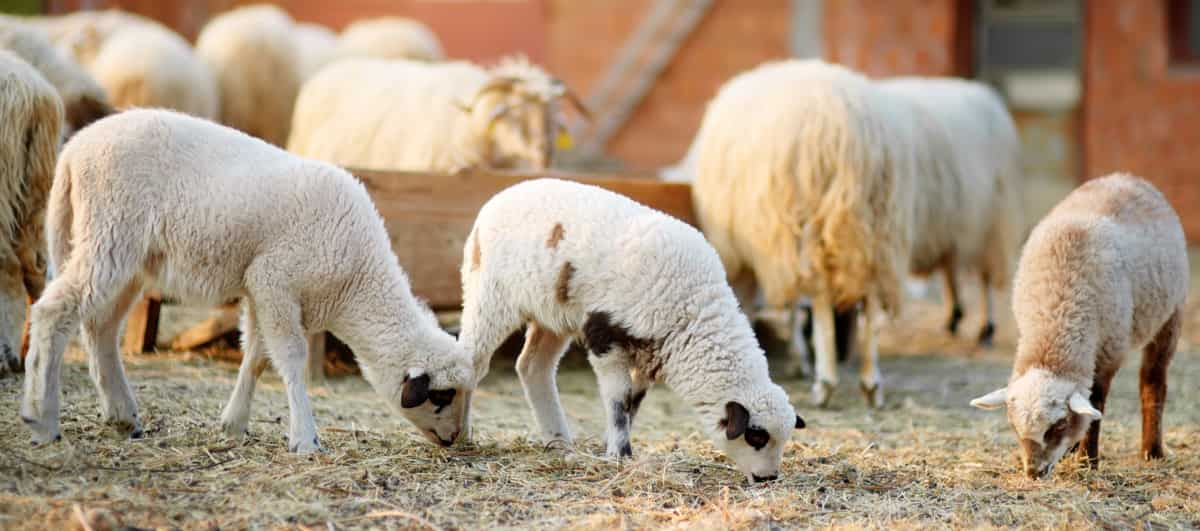
Regulations and Guidelines for Sheep Manure Management
- Local Regulations: Different regions have varying rules. Some might restrict manure application near water bodies to prevent pollution.
- Permit Requirements: Some areas might require permits for certain manure management practices. It’s vital to know when and where these apply.
- Nutrient Management Plans: Some jurisdictions mandate creating plans that outline how manure will be used to prevent nutrient overload in soil.
- Buffer Zones: Rules might specify minimum distances between manure application and water bodies, safeguarding water quality.
- Composting Standards: Regulations might outline proper composting practices to reduce odor, pathogens, and nutrient imbalances.
- Storage Guidelines: Regulations can detail safe manure storage practices to prevent runoff and odors.
Innovations in Sheep Manure Treatment and Utilization
- Technological Advancements: Advanced systems like anaerobic digesters are turning manure into biogas, a renewable energy source while capturing nutrients for fertilizer.
- Nutrient Extraction: Innovations are allowing the extraction of valuable nutrients like phosphorus from manure, reducing pollution and enhancing resource efficiency.
- Biological Processes: Novel techniques use microbes to break down manure more efficiently, reducing odors and pathogens.
- Precision Application: Utilizing technology, farmers can apply manure precisely where needed, minimizing waste and environmental impact.
- Value-Added Products: Manure is transforming into marketable products like organic fertilizers and soil amendments, creating economic incentives for responsible management.
- Example: A farm employs an anaerobic digester to convert sheep manure into biogas, providing energy and nutrient-rich residue. They also use a precision applicator to target manure distribution, optimizing crop growth while minimizing waste.
Economic Considerations in Sheep Manure Management
Proper waste management reduces potential costs associated with environmental violations, such as water pollution fines. Additionally, efficiently utilizing sheep manure as fertilizer enhances soil quality, potentially boosting crop yields and reducing the need for costly synthetic fertilizers. Moreover, innovative practices like composting can create valuable by-products for sale, generating extra income for farmers.
Challenges and Future Perspectives in Sheep Manure Management
Challenges in sheep manure management encompass balancing nutrient-rich benefits with potential drawbacks. Odor, pathogen concerns, and nutrient runoff require mitigation. Adequate storage, composting, and proper application pose practical hurdles. The future holds promise through technology and innovation. Enhanced composting methods, like vermicomposting, can minimize pathogens and odor.
Precision application tools reduce waste. Nutrient extraction technologies offer resource recovery. Adoption of circular economy principles can turn manure waste into a valuable resource. However, challenges like adapting innovations to varying farm scales and economic feasibility remain. Striking a harmonious balance between sustainability, productivity, and economic viability will be pivotal in shaping the future of sheep manure management.
In case you missed it: How to Start Sheep Farming in Israel: Business Plan, Key Rules, Breeds, Cost, Profit, and Management

Conclusion
Sheep manure production and waste management intersect with agricultural productivity and environmental responsibility. By employing efficient collection, storage, and utilization methods, farmers can harness the potential of this valuable resource while minimizing its impact on the ecosystem.
- Goat Farming Technology: The Future of Goat Husbandry
- How to Build a Low-budget Goat Shed: Cheap Ideas and Tips
- Goat Farming Training Programs in India: A Beginner’s Guide
- Types of Pesticides Used in Agriculture: A Beginner’s Guide
- Economical Aquaculture: A Guide to Low-Budget Fish Farming
- 15 Common Planting Errors That Can Doom Your Fruit Trees
- How to Make Houseplants Bushy: Effective Tips and Ideas
- Innovative Strategies for Boosting Coconut Pollination and Yield
- Pollination Strategies for Maximum Pumpkin Yield
- The Complete Guide to Chicken Fattening: Strategies for Maximum Growth
- Natural Solutions for Tulip Problems: 100% Effective Remedies for Leaf and Bulb-Related Issues
- Revolutionizing Citrus Preservation: Towards a Healthier, Greener Future
- Natural Solutions for Peony Leaf and Flower Problems: 100% Effective Remedies
- Maximizing Profits with Avocado Contract Farming in India: A Comprehensive Guide
- Natural Solutions for Hydrangea Problems: 100% Effective Remedies for Leaf and Flowers
- The Ultimate Guide to Choosing the Perfect Foliage Friend: Bringing Life Indoors
- From Sunlight to Sustainability: 15 Ways to Use Solar Technology in Agriculture
- The Ultimate Guide to Dong Tao Chicken: Exploring from History to Raising
- The Eco-Friendly Makeover: How to Convert Your Unused Swimming Pool into a Fish Pond
- Mastering the Art of Delaware Chicken Farming: Essentials for Healthy Backyard Flocks
- 20 Best Homemade Fertilizers for Money Plant: DIY Recipes and Application Methods
- How to Craft a Comprehensive Free-Range Chicken Farming Business Plan
- Brighten Your Flock: Raising Easter Egger Chickens for Beauty and Bounty
- How to Optimize Your Poultry Egg Farm Business Plan with These Strategies
- Subsidy for Spirulina Cultivation: How Indian Government Schemes Encouraging Spirulina Farmers
- Ultimate Guide to Raising Dominique Chickens: Breeding, Feeding, Egg-Production, and Care
- Mastering the Art of Raising Jersey Giant Chickens: Care, Feeding, and More
- Ultimate Guide to Raising Legbar Chickens: Breeding, Farming Practices, Diet, Egg-Production
- How to Raise Welsummer Chickens: A Comprehensive Guide for Beginners
- How to Protect Indoor Plants in Winter: A Comprehensive Guide
- Ultimate Guide to Grow Bag Gardening: Tips, Tricks, and Planting Ideas for Urban Gardeners
- Guide to Lotus Cultivation: How to Propagate, Plant, Grow, Care, Cost, and Profit
- Agriculture Drone Subsidy Scheme: Government Kisan Subsidy, License, and How to Apply Online
- Ultimate Guide to Raising Araucana Chickens: Breed Profile, Farming Economics, Diet, and Care
- Bringing Hydroponics to Classroom: Importance, Benefits of Learning for School Students
- Ultimate Guide to Raising Polish Chickens: Breed Profile, Farming Economics, Diet, and Care